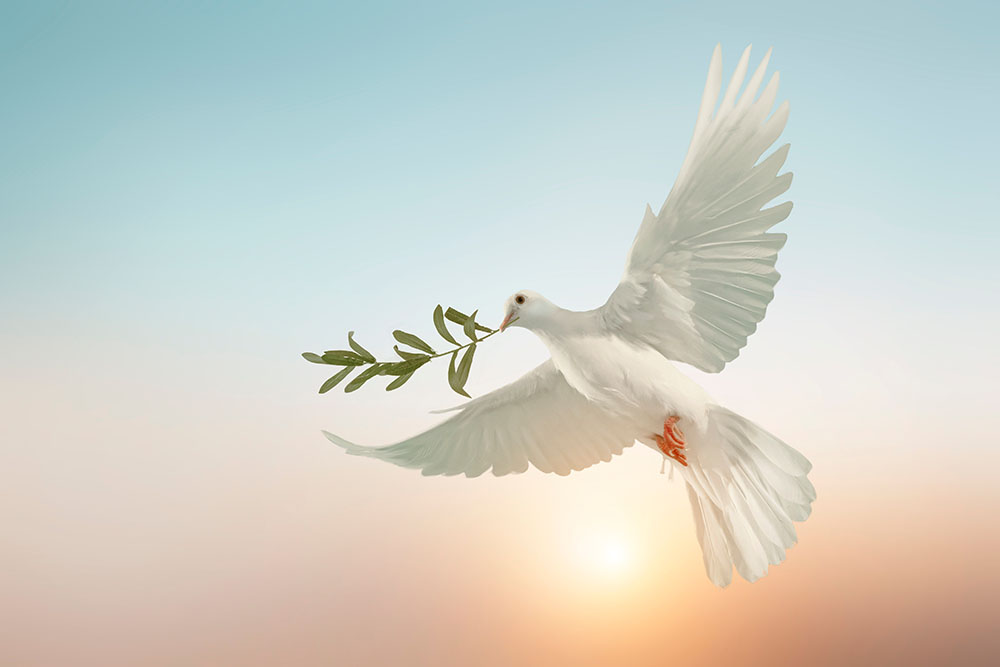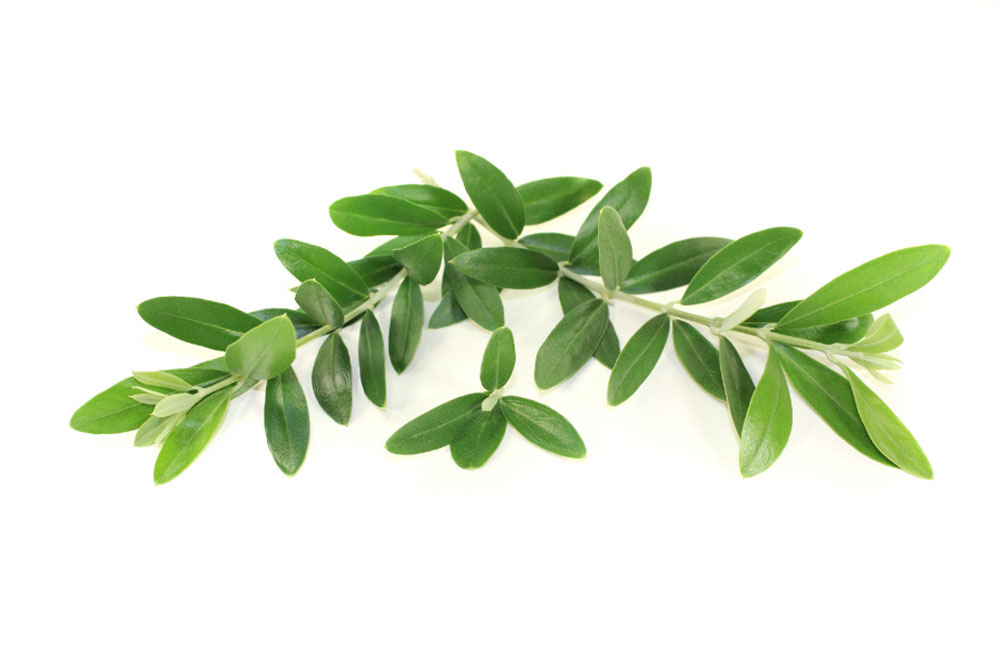A dove with an olive branch in its beak is a famous symbol within many religions such as Christianity, Catholicism, and Judaism.
Aside from this, it is also used in other places or situations like in the Air Force, politics, and art.
But for those who are not religious or are unfamiliar with this symbol, you may be unsure about where the symbol came from and what it means and represents.
That’s why we’ve made this in-depth guide about everything relating to the dove with an olive branch, and how it is used by different communities around the world.
Read on to learn all about this beautiful symbol.
What Does This Image Symbolize?
The dove with an olive branch is universally recognized as the symbol of peace, grace, and mercy.

It combines the already popular symbols of both the dove and an olive tree, which each have their own separate meanings.
What Does The Dove Represent?
Doves have always been associated with femininity and motherhood, and they have traditionally been seen as symbols of beauty and grace.
The metaphorical meanings of doves and pigeons are similar, and the two names are commonly interchanged in texts, or the two birds often share the same symbolic meaning.
Doves and pigeons have similar symbolic meanings of peace, calm, and elegance.
Since Sumerian and Phoenician faiths, these have been associated with ideals of femininity and motherhood.
Ishtar, one of the most loved Sumerian gods, was commonly depicted with a pigeon in her arms.
This bird has also been linked to Astarte, the Phoenician goddess of fertility and love.
Pigeons were held in high regard by the ancient Egyptians, who kept them since 3000BC and saw them as a symbol of innocence.
Pigeons and doves are symbols of love, regeneration, femininity, and fertility in Greek and Roman mythology., and pigeons were used to depict Aphrodite in Greek mythology and Venus in Roman mythology.
The dove had a great symbolic importance in Ancient Greece. It was a symbol of tranquility and calm.
It was also associated with the number eight and was used in Dodona woodland prophetic readings as one of the good symbols.
In Christianity, the pigeon and dove have a variety of meanings, all of which are positive.
In the Old Testament, they represent the Holy Spirit, love, and God’s mercy; in the New Testament, they represent peace, goodwill, and forgiveness.
The story of the great flood and Noah’s ark is one of the earliest stories employing a dove as a messenger and is probably the story that most people associate this symbol with.
What Does The Olive Branch Represent?
Many tales and legends surround the olive tree.
One ancient Greek story describes a rivalry between Athens and Poseidon. The two fought it out for control of Athens, the Greek people’s capital.

Athens built an olive tree with edible fruits while Poseidon smashed his trident against the Acropolis’ rocks and formed a salt spring.
The people chose her gift, and Athens was made the protector goddess of the city.
This is why olive trees are so revered in Greek mythology. The tree also represents Immortality, divine intervention, fertility, abundance, health, and longevity.
Olive trees are extremely resilient and long-lasting, therefore they also signify strength and perseverance.
An olive branch was seen as a sign of peace and the Golden Age, especially when borne by a dove.
The olive tree is extremely important in Christianity; it is mentioned in the Bible over a thousand times. A famous use of them is the story of Moses setting free men who cultivated olive trees.
The olive branch has a unique meaning in the Christian tradition, symbolizing peace, hope, and purity. The Archangel Gabriel is commonly pictured with an olive branch.
The Dove And The Olive Branch In Paganism
Different cultures and religions all have slightly different interpretations of this symbol, and paganism is no different.
In ancient Mesopotamia, the dove was a symbol of the goddess of love, war, and sexuality. The goddess was supposed to have the ability to transform into a dove.
The Canaanite mother goddess and the ancient Greek goddess Aphrodite were also both associated with the white dove.
The dove was also a symbol of peace for the Ancient Romans.
There have been accounts of generals giving an olive branch for peace after a conflict, and the main character in Virgil’s Aeneid likewise does so.
This is where we get the phrase “to extend an olive branch” when we wish to end a conflict or argument with someone.
The Dove And The Olive Branch In Islam
Doves are loved in Islam because it is believed that they supported Muhammed during the Great Hijra battle by distracting his enemies.
The doves built a nest in the cave, fooling Muhammed’s enemies into thinking it was occupied, forcing the other army to search for him elsewhere.
The Symbol In The Royal Air Force
In the UK, the dove is a popular symbol of the Royal Air Force.
Because doves and pigeons were used as messengers during WW1 and WW2, the Air Force still uses the dove in the crest for its Tactile Communications Wing.
The Symbol In Politics, War, And Global Events
The dove often symbolizes peace and pacifism in both politics and anti-war sentiment.
They’re often seen as political propaganda and have been used in peace marches and ant-war protests. In some cases, pacifists have been referred to as doves.
The dove is also often seen as part of the signage for large events, such as the Olympics.
In 1949 a dove painted by artist Pablo Picasso was chosen as the emblem for the World Peace Conference. After this, it became the symbol of the peace movement.
Where To See The Symbol
If you look for it, you will notice that the symbol of both the dove and the dove holding an olive branch, actually appears in many places.
It can commonly be found in churches, military buildings, government buildings, and art, especially if it is depicting a religious scene.






